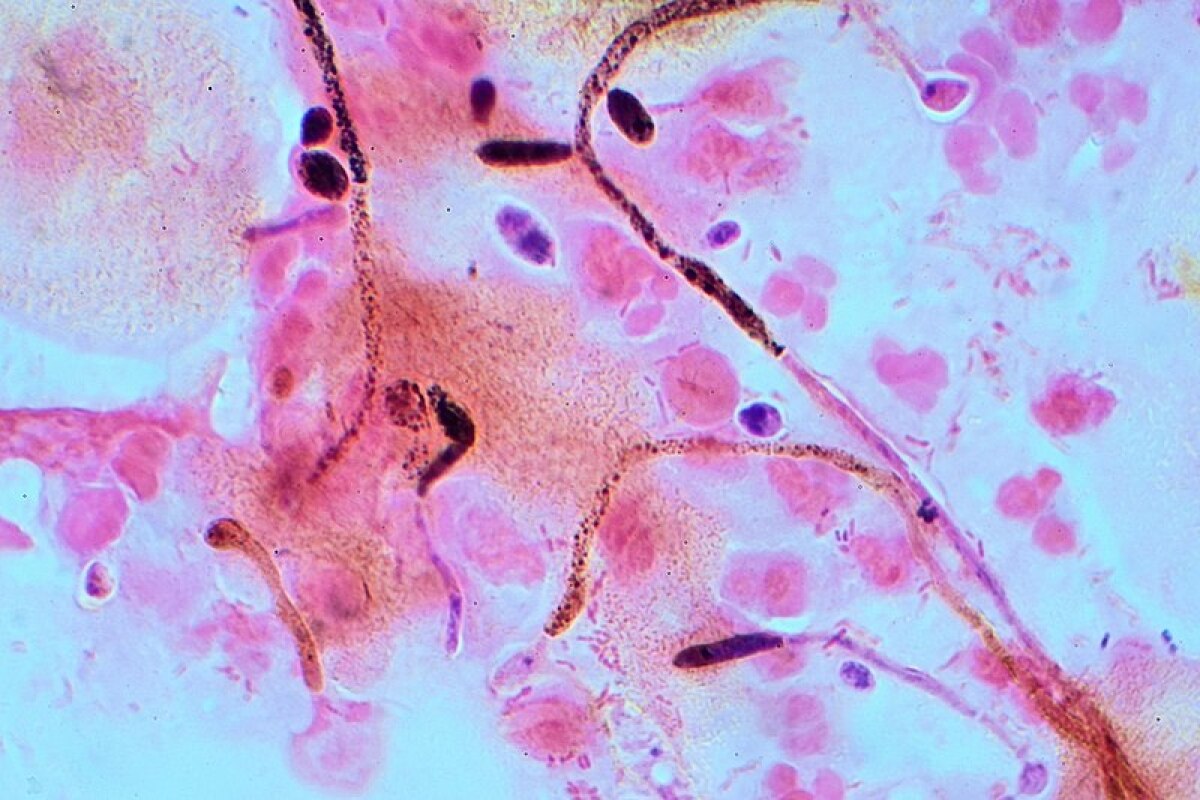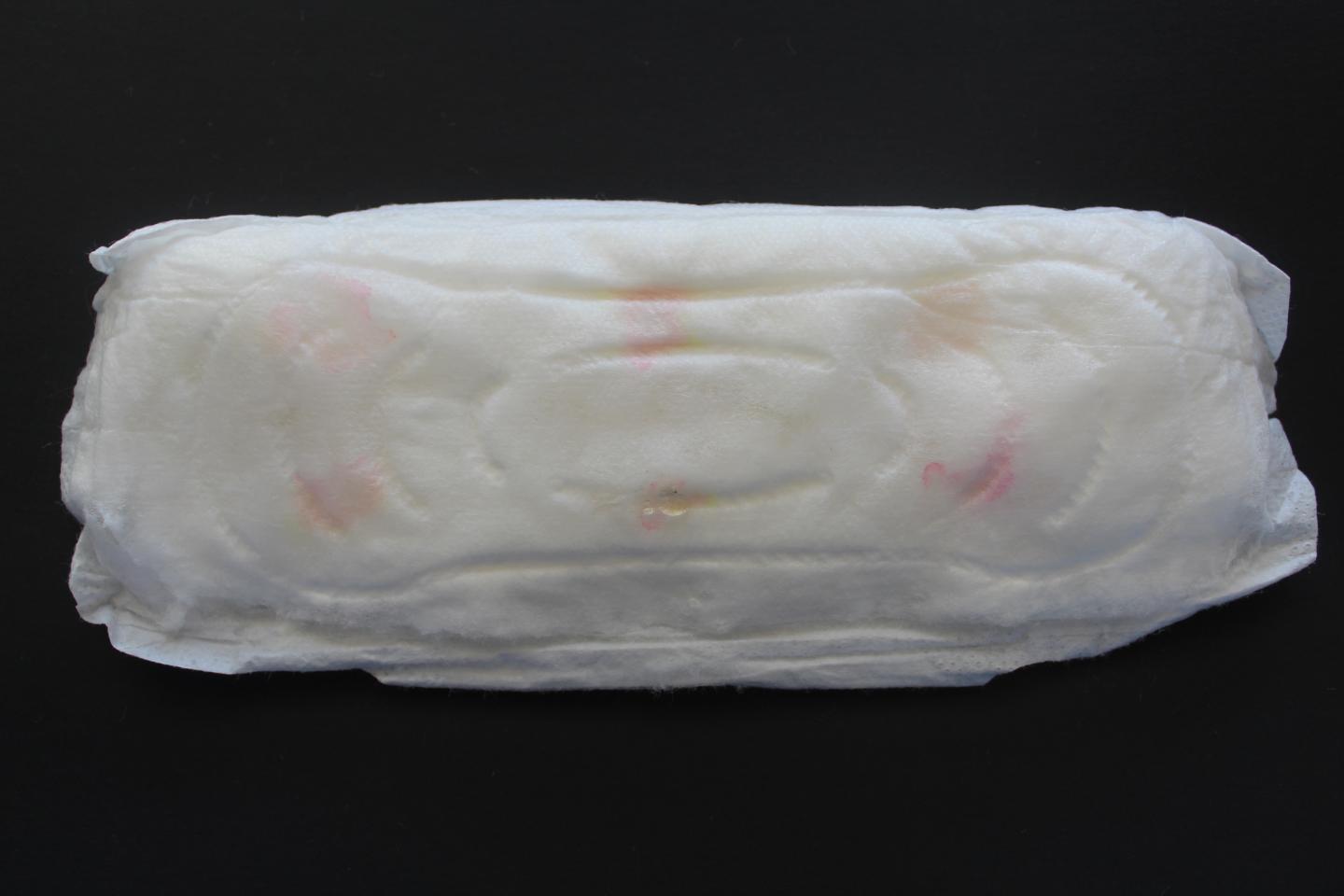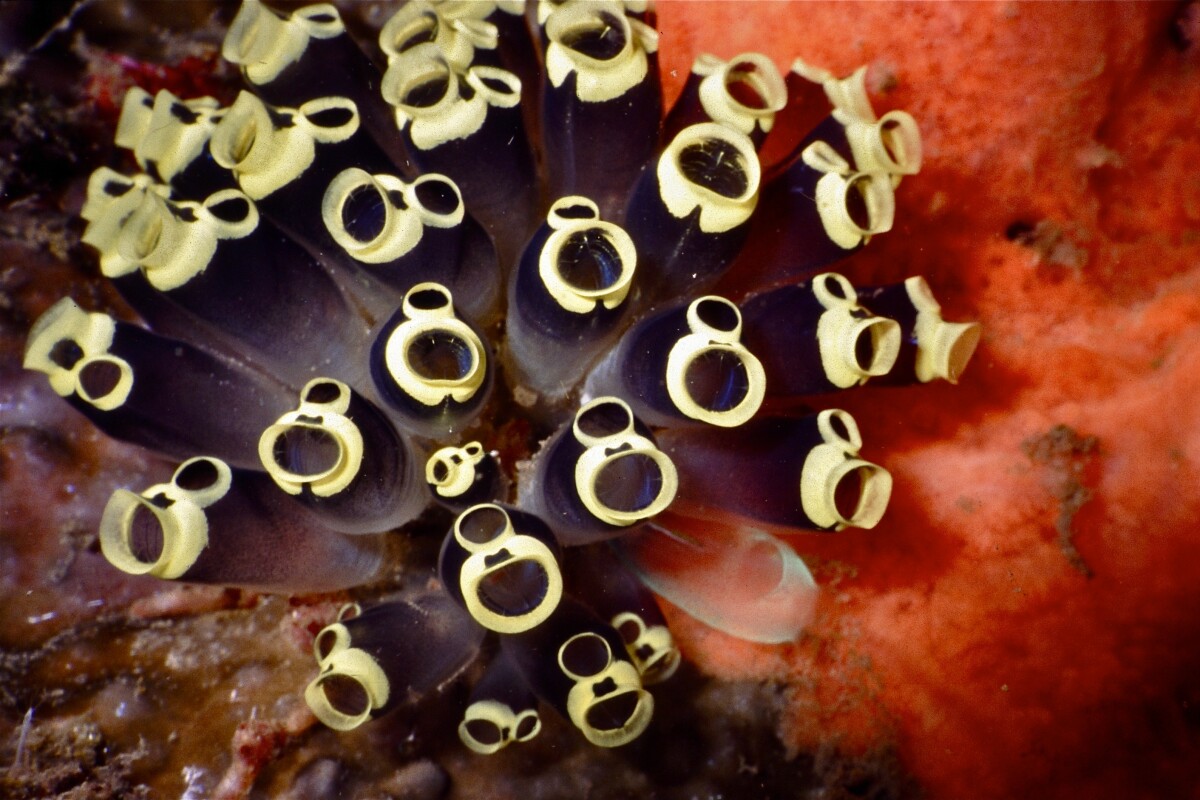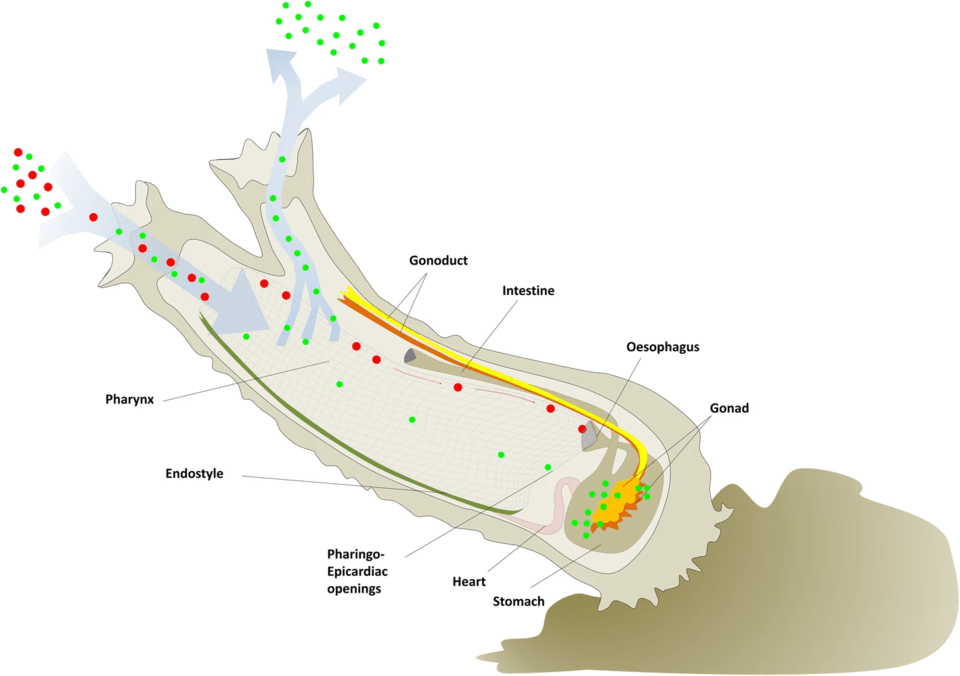UK
‘Jews here should never be standing together with Tommy Robinson’
Progressive Jewish groups condemn ‘shameful’ Israel solidarity rally that attracted the former EDL leader
PROGRESSIVE Jews have condemned a “shameful” Israel solidarity rally held on Sunday by the British Board of Deputies (BoD), which attracted far-right Islamophobe Tommy Robinson.
The poorly attended demonstration outside the Israeli embassy — called in the wake of Israel’s 11-day bombardment of the Gaza Strip, which killed 248 people including 66 children — was organised by the BoD and the Zionist Federation.
About 1,500 supporters turned up, in sharp contrast to the 200,000 protesters who joined Saturday’s Free Palestine march in the capital.
The rally was addressed by Israeli ambassador to Britain Tzipi Hotovely and BoD president Marie van der Zyl.
Former English Defence League (EDL) leader Tommy Robinson, whose real name is Stephen Yaxley-Lennon, was among those in attendance.
Videos showed young protesters taking selfies with Mr Yaxley-Lennon, who held up a banner reading: “Free Gaza from Hamas.”
Na’amod, a movement of British Jews that campaigns against Israel’s occupation of Palestinian territory, said the protest had exposed a “moral crisis” within their community’s leadership.
The group said that, while it mourned the 10 Israelis killed by Hamas rocket fire, “this does not prevent us from also mourning Palestinians and recognising that the root of the violence is the occupation.
“For communal [organisations] like [the] Board of Deputies to express uncritical solidarity with Israel in the aftermath of that is shameful.”
Following the protest, Ms van der Zyl said that Mr Yaxley-Lennon and his supporters were not welcome, issuing a statement “utterly rejecting their bigotry.”
But the Jewish Socialists’ Group accused her of hypocrisy.
“Yesterday, she again shared a platform with the far-right Israeli ambassador Hotovely, who has used BoD platforms previously to dismiss the Palestinian Nakba of 1948 as ‘a made-up story’ and ‘an Arab lie’,” the group’s David Rosenberg said.
“Hotovely’s virulently Islamophobic views and her support for ethnic cleansing accord perfectly with Tommy Robinson’s views.”
Glyn Secker of Jews for Justice for Palestinians said Mr Lennon’s presence at the demo was shameful.
“There was no moral reservation, no word of criticism of Israel’s onslaught uttered by the BOD,” he said. “They should not, therefore, be surprised that such extremism attracts to their demonstration the Tommy Robinsons of this world, who was seen shaking the hands of participants.”
The rally came a day after hundreds of thousands joined protests across Britain to demand an end to Israel’s system of ethnic cleansing and apartheid, including large numbers of Jewish supporters.
Mr Rosenberg added: “This weekend we were proud to march in a strong Jewish bloc on the Justice for Palestine demonstration.
“We are proud too that 3,000 Israeli Jews and Palestinians jointly demonstrated in Tel Aviv this weekend for co-existence, against war and far-right racist incitement.
"Jews here should never be standing together with Tommy Robinson.”












